Nobel winner’s warning on trade
ANDREW MAYEDA
When Paul Romer sees the world’s two biggest economies locked in a trade war, his thoughts turn to robots.
Business leaders and investors worry that tariff barriers thrown up by the U.S. and China will block the global flow of goods and services. Romer, who won this year’s Nobel economics prize for his work on how technology drives growth, is more concerned about the flow of ideas. He sees the risk of a different kind of protectionism: one in which Washington and Beijing fight to control fields like artificial intelligence — claiming ownership of breakthroughs which could benefit all humanity, if only they were set free.
“If the knowledge already exists, it’s better for everybody to use it,” Romer said.
Underlying the trade conflict, from a U.S. perspective, is Chinese disregard for intellectual property. The Trump administration has accused China of pursuing its ambition to dominate the key technologies of the future by stealing American ideas.
But if that is what China is doing, Romer suggests, it’s merely following in American footsteps. Britain leveled similar accusations against the U.S. when it was emerging as an industrial power in the 19th century.
In his pioneering 1990 paper, Romer argued that technological advance isn’t something that arrives unexpectedly from outside an economy, like manna from heaven, to make faster growth possible. Instead, it has generated from inside the economy — and policy decisions can make it more or less likely.
The best environment for fostering useful discoveries, he said in his Nobel acceptance speech this month , is a society where they can easily be shared.
It is essentially an open-source view of the world — at odds with both America’s drive to protect the intellectual-property holdings of its corporations and China’s stated goal of primacy in cutting-edge sectors like robotics.
“Especially in these domains like artificial intelligence,” Romer said, the best approach may be to “allow more transparency about information. Perhaps even require it.”
The Nobel is a platform, and Romer is weighing how to use it to advance an open-source agenda. He favors free markets but says there’s an important role for government too: steering what he calls the “global innovation machine” toward shared problems that need solving, like lowering carbon emissions.
Mayeda writes for Bloomberg News.


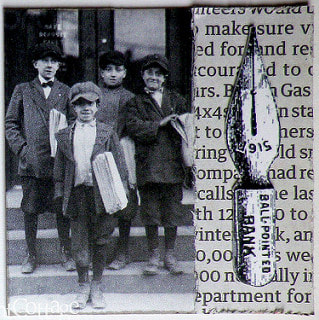

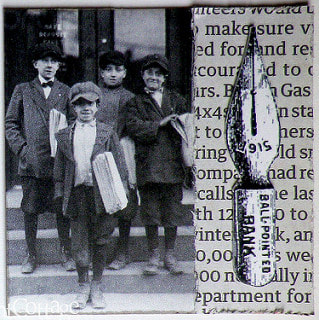



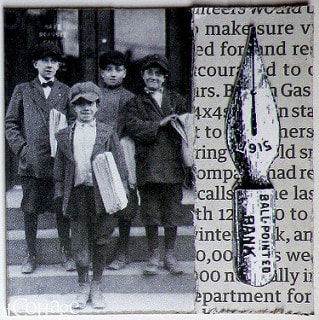
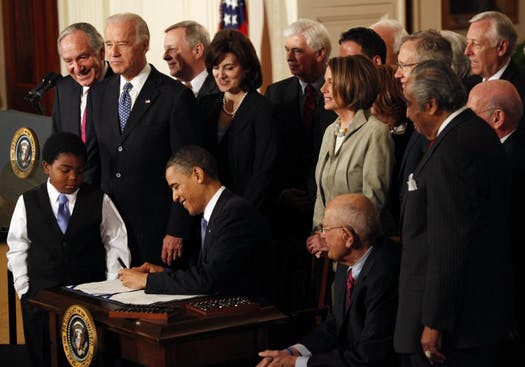

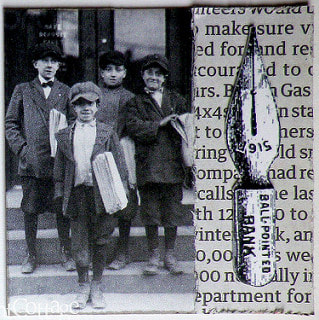
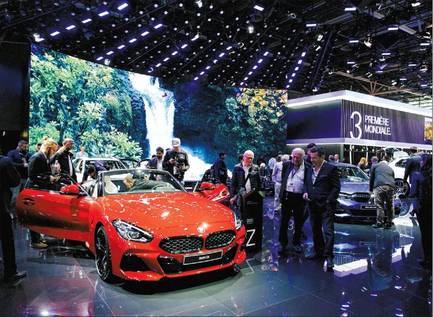


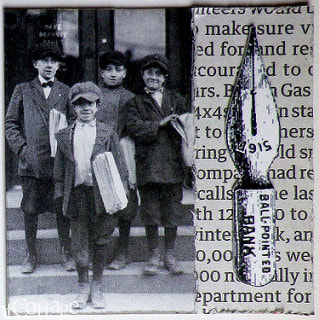
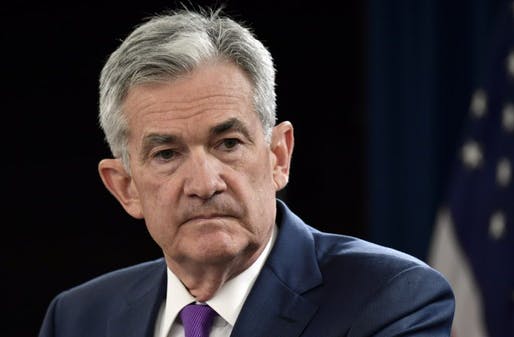
 RSS Feed
RSS Feed